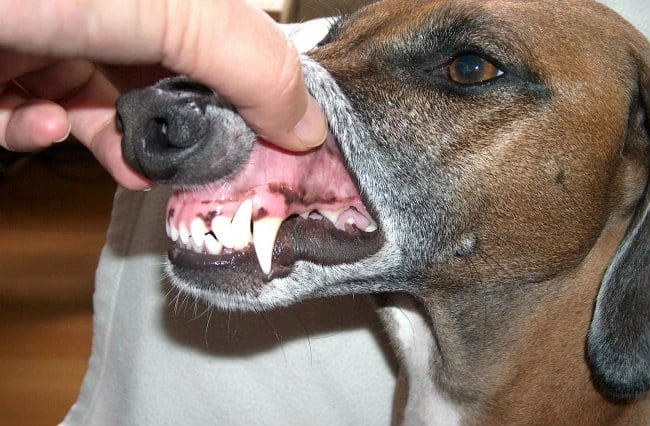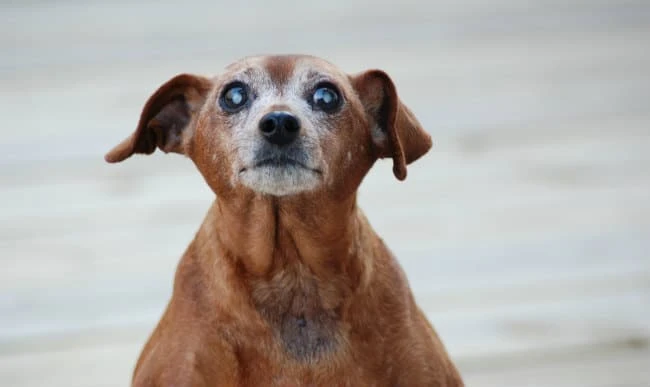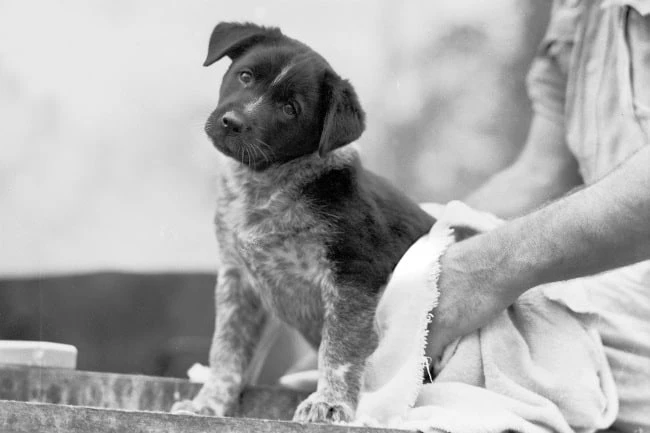A Dog Owner's Guide to Doggy Dental Care

Dental care is just as important for your four-legged friend as it is for you. Dogs are not prone to cavities like humans are, since they are less likely to have a diet as high in sugar. Nevertheless, they do get plaque and tartar build-up on their teeth which can lead to tooth and gum problems. If left untreated, gum infections can get into the bloodstream and cause more widespread illness, or even death. While your dog should always have his teeth and gums examined as part of a regular veterinary check-up, there are some steps you can take to help prevent any problems from arising.
Checking Your Dog’s Teeth And Gums Regularly
You should get in the habit of checking your dog’s teeth and gums on a regular basis. Learn to be observant, and look for signs of a problem. If your dog is not eating, that could be an indication of tooth or gum issues. Simply smelling your dog’s breath can also give you vital information. Sure, dog’s often put things in their mouth’s that might be a little unsavory, but if your dog’s breath smells especially foul, it could be because he has an infection. Keep an eye on your dog’s behavior and demeanor. Unusual listlessness could also signal a problem.
Dog Bones That Can Help Clean Teeth
One thing you can do to prevent dental problems is to buy your dog bones, dental sticks or chewy treats, like dried pigs’ ears. Dogs love chewing on these and they are a great way to remove plaque and tartar. They are available in a range of sizes so they’re suitable for big dogs, small dogs and everything in between.
Brushing Your Dog’s Teeth
If you are really committed to your pooch’s dental health you can regularly brush his teeth. If you do decide to brush your dog’s teeth, do not use human toothpaste. Firstly, your dog probably won’t like the smell or taste. More importantly, human toothpaste contains fluoride, which in large doses is toxic to dogs. Unlike humans, your dog is unable to rinse and spit. He will probably swallow most of what goes into his mouth. You can buy beef or chicken flavored toothpaste, specifically formulated for dogs. Choosing a flavor your dog loves will make the tooth brushing process much easier.
Most good pet stores will carry dog tooth brushing kits. They will generally come with a finger brush, which is ideal for smaller dogs. For a larger dog, or if you’re worried about getting bitten, you can use a regular brush.
In the beginning, your dog may object to you poking about in his mouth. A good way to acclimatize your dog is to start by putting some toothpaste on your finger and letting him lick it off. Once your pooch has acquired a taste for the toothpaste you can move on to lightly rubbing it on his teeth and gums with your finger. The next step is to put the toothpaste on the brush and get him used to that. When he’s comfortable with the brush you can move on to actually brushing his teeth. It may take a while, but with some persistence you should eventually succeed.
Some Final Thoughts
As a pet owner, you no doubt want your four-legged friend to be healthy and happy. You should make sure your dog has regular check-ups with his vet, but by following the advice above, you will go a long way to ensuring a lifetime of dental health for your dog.



